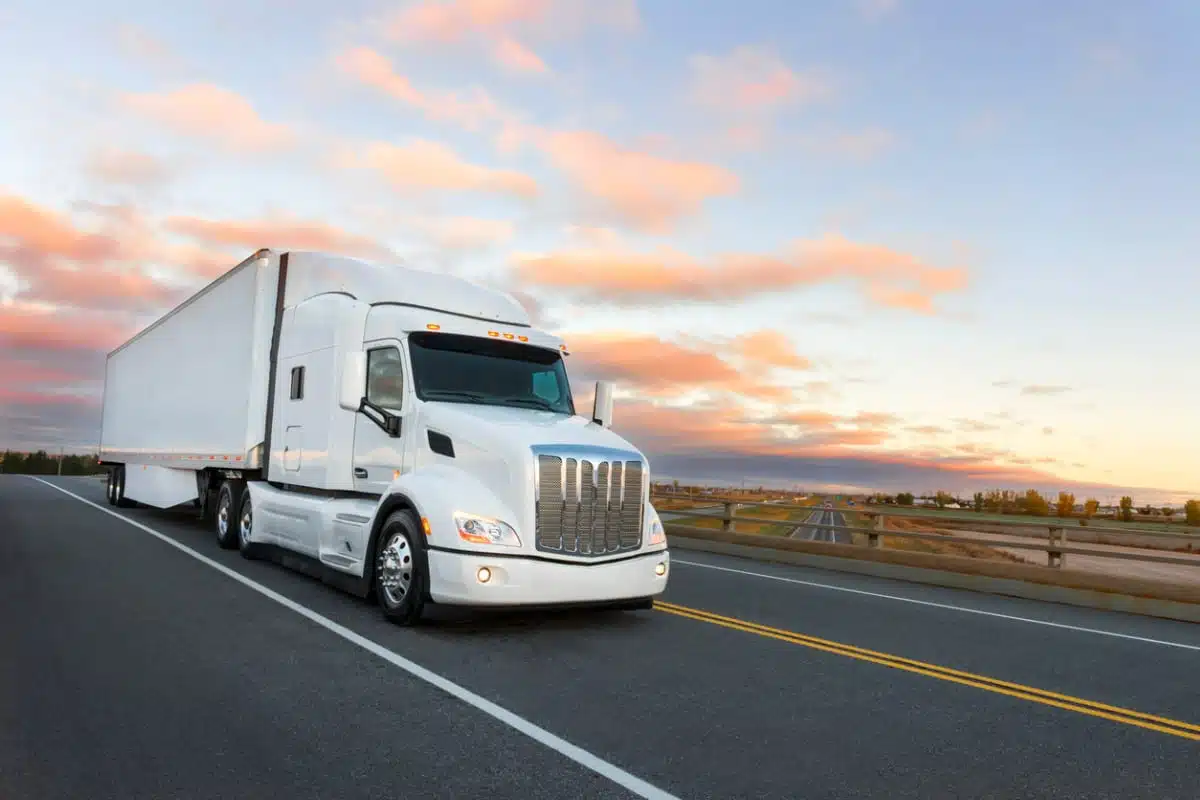Last week (IRCC) released the professions eligible for . Truck driving is among them due to significant labour shortages within the sector. NOC 2021 is a revision of Canada’s (NOC) system.
A shortage of truck drivers
The industry is facing an acute shortage of skilled workers due to several factors including layoffs during the COVID-19 pandemic, as well as a high rate of retirement. According to the , there were 18,000 vacant positions in the truck driving sector in Canada in the second quarter of 2021.
Truck driving is a vital component of Canada’s supply chain and has a heavy impact on the national economy when there are disruptions and labour shortages.The report says that in Canada, the trucking and logistics industry moves over $850 billion in products to domestic and export markets. Even before the onset of the global pandemic, the Forest Products Association of Canada estimated that the truck driver shortage was costing the industry approximately $450 million in lost productivity.
Coming to Canada through Express Entry
Express Entry programs are the most prominent immigration pathways for skilled workers. It is an application management system that works with three economic immigration programs: the (FSWP), the (CEC), and the (FSTP), to expedite the processing of permanent residence applications for skilled workers.
How does an NOC affect an Express Entry application?
The NOC enables IRCC to understand what an individual’s occupation is, and the level of skill or experience required. The NOC 2016 placed emphasis on if the role was NOC 0, A or B (managerial to skilled trades). The NOC 2021 has instead introduced a system based on a candidate’s training, education, experience, and responsibilities (TEER).
Applying for Express Entry
To begin, a potential candidate must self-evaluate if they are eligible for an program.
They must then complete a language assessment and obtain any necessary. Once these have been completed, the next step is to upload a profile onto the IRCC website and wait for a decision. Express Entry uses a points-based system, the (CRS), to rank candidates’ profiles. Your profile will be assigned a score and ranked alongside all other candidates in the pool.
The top-scoring candidates receive an (ITA) and can then apply for permanent residency. When a candidate receives an ITA, they have 60 days to send a finalized application to IRCC.
IRCC tries to process 80% of all Express Entry applications within six months after receiving the final application.
Federal Skilled Worker Program
The for candidates applying from abroad. It is designed for skilled workers who meet certain requirements in language, work experience, and education gained abroad.
The minimum requirements are one year of work experience, (CLB) score of 7, proof of funds, and proof of education. You also need to get at least 67/100 on the FSWP points grid.
Canadian Experience Class
The CEC is specifically , gained within the past three years.
They must also meet a minimum CLB of 5 (“initial intermediate”) for NOC TEER category 2 or 3 jobs or CLB 7 (“adequate intermediate proficiency”), for NOC TEER category 0 or 1 jobs.
Changes coming to Express Entry
Last year, . The new bill gives IRCC the authority to invite Express Entry candidates based on individual factors such as their language abilities or work experience to better fill the nearly one million job vacancies in Canada. The process for how these groups would be identified and selected has not yet been finalized.

